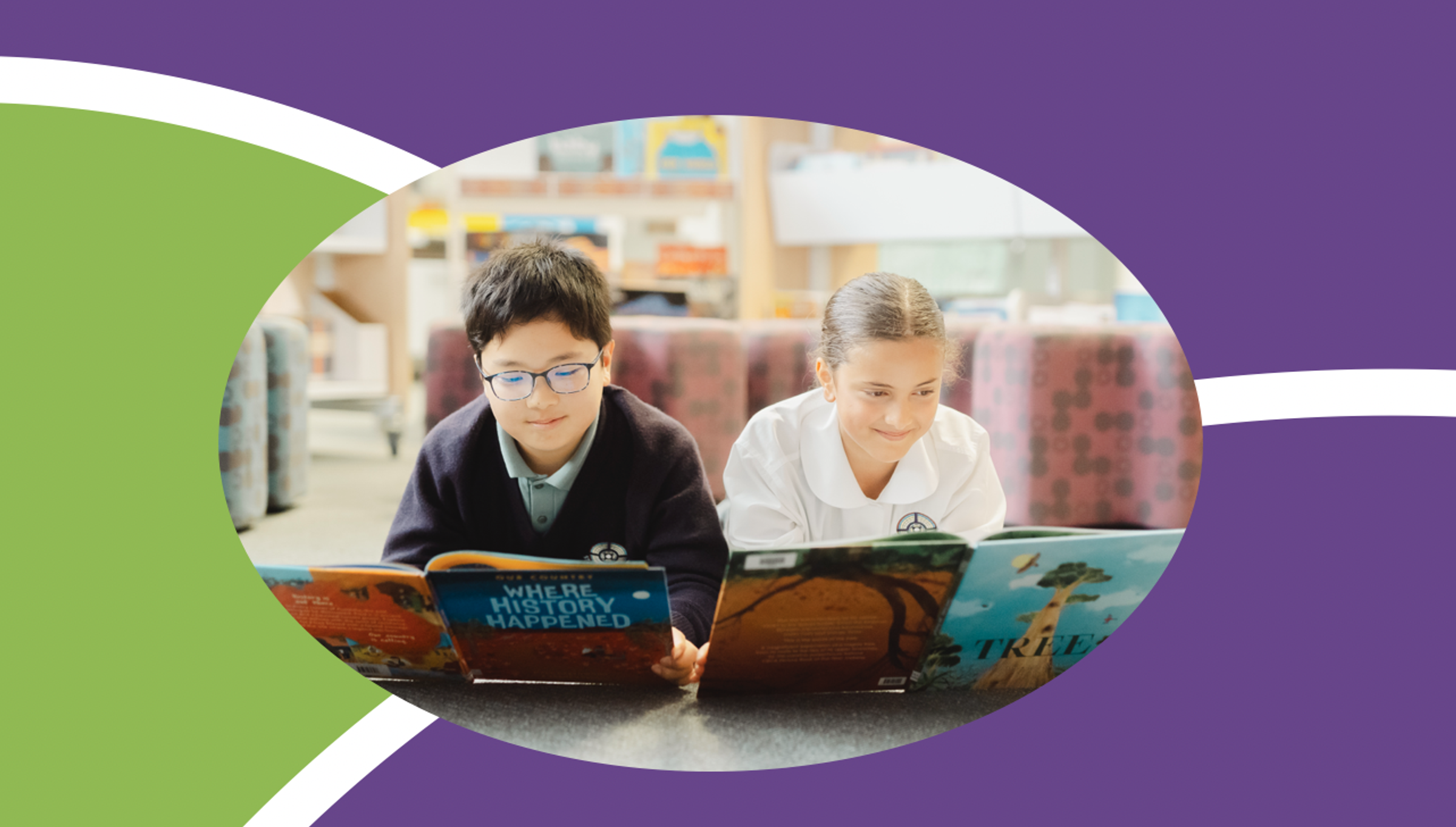Literacy & Mathematics

Mathematics
The teachers at St Joseph’s are excited to embark on a new school year filled with mathematical exploration and discovery. Our goal is to create a learning environment that fosters a lifelong passion for Mathematics and equips all students with the skills and mindset necessary to thrive in a constantly evolving world.
What to Expect:
Our Mathematics lessons follow a structured and explicit teaching approach, guided by the Victorian Curriculum 2.0, covering the key areas of Number, Algebra, Measurement, Space, Statistics, and Probability. Each lesson is designed to develop students’ mathematical understanding through the four key proficiencies: Fluency, Understanding, Problem-Solving, and Reasoning.
Lessons are structured as follows:
- Daily Review: students focus on fluency by revisiting previously taught concepts to strengthen recall and confidence.
- Explicit Instruction: the teacher models key mathematical ideas, ensuring a deep conceptual understanding as well as an understanding of procedural knowledge.
- Collaborative or independent task: students work on hands-on and differentiated learning experiences to help consolidate their understanding and apply problem-solving skills in meaningful ways.
- Reflection: students use reasoning and dialogue to explain their thinking, justify strategies, and summarise key learning.
This structured approach ensures all students build strong mathematical foundations, develop confidence in their abilities, and apply their knowledge flexibly and effectively in real-world contexts.
Supporting Your Child at Home
Your involvement supports your child's success in Mathematics. Here are some ways you can support their learning:
- Incorporate Math into Daily Life: Use everyday activities like cooking, shopping, or traveling to discuss Mathematics concepts. For example, ask your child to measure ingredients or calculate change.
- Play Educational Games: Engage in board games or online platforms that promote mathematical thinking.
- Encourage a Growth Mindset: Praise effort over correctness. Remind your child that making mistakes is a natural part of learning.
English - Reading
Reading is the gateway to meaning and knowledge. Yet, teaching children to read is complex. Fortunately, reading instruction is one of the mostly widely researched topics in education, and hundreds of studies have refined and consolidated a strong evidence base for reading instruction (Moats 2020).
At St Joseph’s, classroom teaching includes a range of research-based components and practices. Our classroom environments are motivating and supportive, where reading and effective reading instruction is highly valued.
The MACS vision for reading instruction is for every student to commence school with access to a high-quality, evidence-based literacy program, made up of the following core areas:
- Phonemic awareness -when students understand that speech is made up of words, and words are made up of distinct sounds.
- Phonics - Phonics is knowledge of the relationships between letters and sounds, and the ability to use letter-sound relationships to decode words.
- Fluency - Fluent readers can read accurately, quickly and expressively. Fluency is critical for deriving meaning from texts.
- Vocabulary - Vocabulary is knowledge of the meaning of words, both in isolation and in context. Vocabulary is essential for understanding texts.
- Comprehension - The ability to understand and construct meaning from a text is the ultimate goal in literacy instruction. Comprehension relies on strong decoding skills and fluency, but also on the general background knowledge students have about the various subjects they are reading about. This is why a knowledge-rich curriculum is important for student learning.
In the years from Foundation (Prep) to Year Two, the focus is on Learning to Read. Students at these levels engage in whole class shared reading using big books and quality picture books. There is a strong emphasis on phonemic awareness and phonics as well as fluency, vocabulary and comprehension. Once decoding has been mastered, the focus shifts to Reading to Learn in Years Three to Six. This is reflected in our middle and upper school classrooms where students are explicitly taught Fluency, Vocabulary, Grammar and Comprehension through their whole class novel study.
In all year levels, you will expect to see both whole class and small group instruction. These instruction practices are supported by collaborative and independent learning experiences to help consolidate understanding, similar to the model mentioned in the Mathematics portion of this article.
Supporting Your Child at Home
- Encourage your child to read everyday. This could be being read to by an adult, reading with, where child and adult read together, and read to self where the child reads independently.
- Play games together - this includes online games, board games, and sports. During this time engage in conversations with your child so that your child can learn the protocols of conversation.
- Provide experiences where reading (and writing) are integrated such as cooking and reading a recipe, assembling Lego, following directions.
- Visit your local library and borrow books.
The Writing component of the curriculum will be discussed in the next newsletter.

